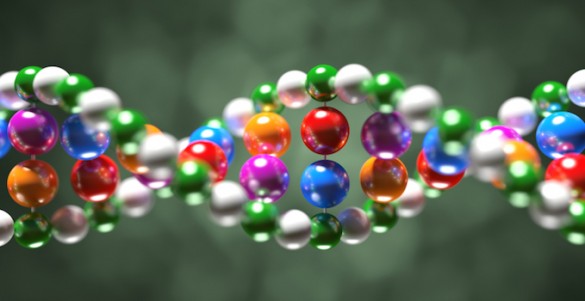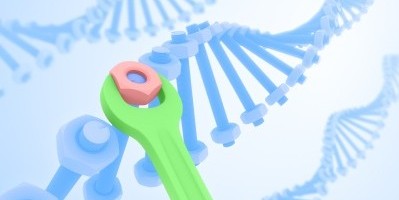
Enzymes called DNA polymerases assemble DNA from 2´-deoxyribonucleoside triphosphate building blocks in the cell. Normally they can distinguish DNA building blocks from the ribonucleotides that make up RNA, but sometimes they misinsert ribonucleotides into DNA, generating “DNA lesions.”
Yan Su, Ph.D., Martin Egli, Ph.D., and F. Peter Guengerich, Ph.D., have provided an important glimpse into how this happens. They studied human DNA polymerase eta (hpol-eta), which is directly related to a human genetic disorder, xeroderma pigmentosum, associated with an increased risk of skin and other cancers.
In a paper published online this month by the Journal of Biological Chemistry, they show that hpol-eta can incorporate ribonucleotides into DNA with relatively high selectivity but low efficiency. They also crystallized the enzyme and obtained what appears to be the first crystal structure of an incoming ribonucleotide opposite a DNA lesion within a DNA polymerase. Based on these findings, “it is highly possible that hpol-eta inserts a considerable amount of ribonucleotides into DNA,” they conclude.
This work was supported by National Institutes of Health grants ES010375, ES010546 and CA160032.
Send suggestions for articles to highlight in Aliquots and any other feedback about the column to aliquots@vanderbilt.edu















